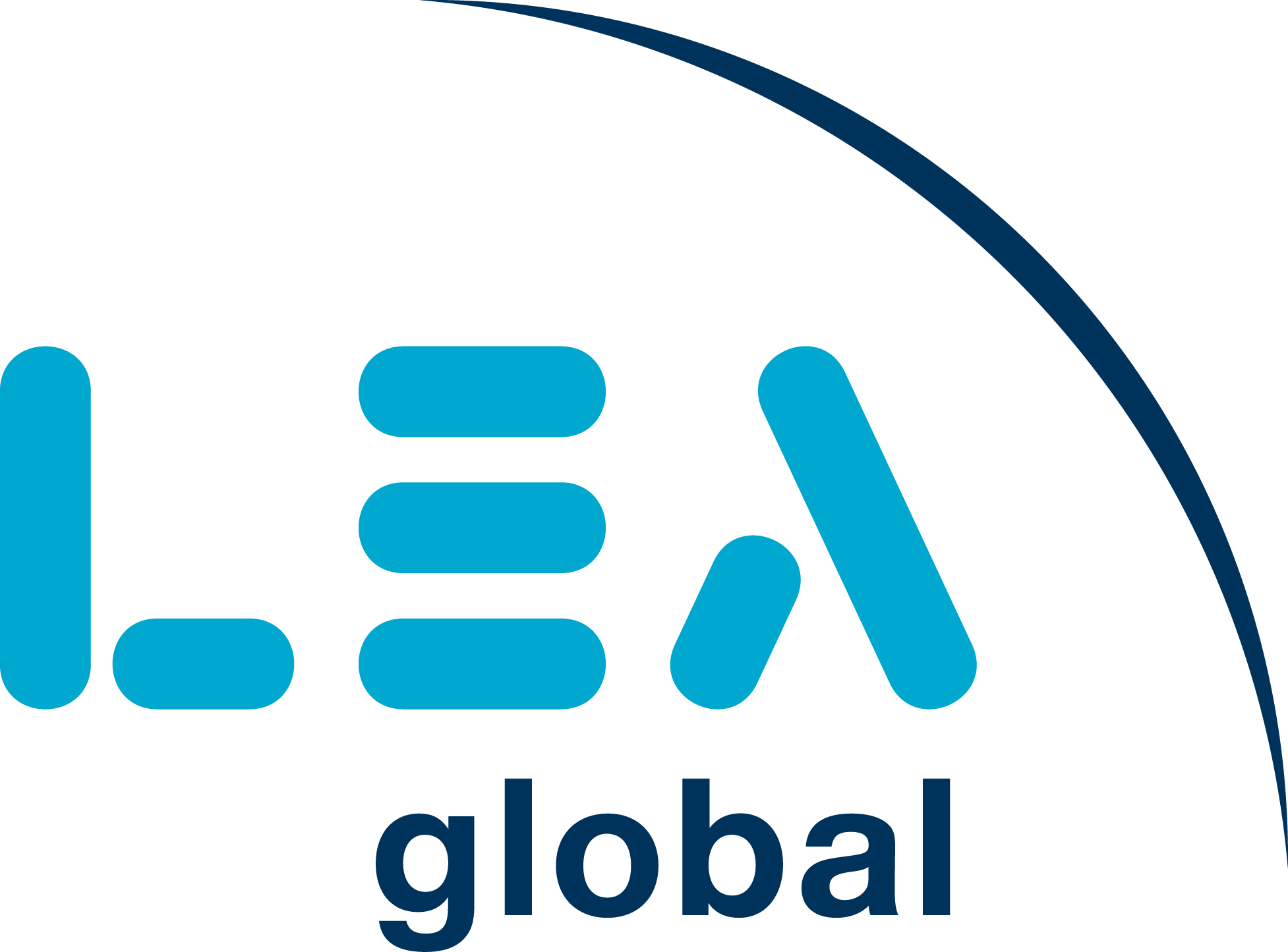Vietnam Issues Preferential Tariffs, Rules of Origin Guidelines for UKVFTA

Posted by Vietnam Briefing Written by Pritesh Samuel
- Vietnam recently issued regulations on rules of origin and preferential tariffs for the implementation of the UK-Vietnam free trade agreement
- The UK and Vietnam signed the UK Vietnam free trade agreement, which will virtually see all customs duties eliminated, once fully implemented.
- The agreement represents significant opportunities in education, renewables, healthcare, and infrastructure for UK and Vietnamese businesses and will further strengthen and build on both countries’ trade relationship.
- The UK would also like to join the CPTPP, which Vietnam has supported but is dependent on the remaining signatories.
As the UK-Vietnam free trade agreement (UKVFTA) took effect on May 1, Vietnam has been issuing several regulations to implement the free trade agreement. Investors should be aware of the implementing decrees to take advantage and reduce costs if trading goods between the two countries.
Rules of origin: Circular 2
Most recently, the Vietnamese government issued Circular 02/2021/TT-BCT (Circular 2) guiding the implementation of the rules of origin in the UKVFTA. As per Circular 2, the exporter is allowed to self-certify the origin of export and import shipments with a value of less than 6000 euros (US$7,133) between the UK and Vietnam. Circular 2 takes effect on July 26, 2021.
For an export value that is more than 600 euros, exporters must have a certificate of origin (C/O) form EUR 1 authorized by Vietnam’s Ministry of Industry and Trade (MoIT). For imports worth more than 6000 euros into Vietnam, exporters registered in an electronic database authorized by the UK customs authorities are allowed self-certify.
Circular 2 also states that proof of origin must be submitted within two years of importation to Vietnamese customs. Customs authorities may require a translation if not in English. Certificates of origin are valid for 12 months and must be submitted to customs authorities of either country within the validity period.
Preferential tariffs for implementing UKVFTA: Decree 53
On May 21, the Vietnamese government issued Decree 53/2021/ND-CP (Decree 53) on Vietnam’s preferential export and import tariffs for the implementation of the UK Vietnam free trade agreement (UKFTA) for the 2021-2022 period. Decree 53 is effective May 21, 2021.
The Decree lists out two appendices that detail the products that qualify for the preferential tariffs. More specifically, goods exported from Vietnam to the UK will be eligible for preferential tariffs if:
- Include commodity codes (such as HS codes);
- Commodity descriptions;
- Transport documents with destination included;
- Preferential tariffs for each commodity; and
- Customs declarations declaring that the goods originate from Vietnam.
Similarly, products imported into Vietnam must meet rules of origin guidelines and originate from the UK or from non-tariff zones.
The UK and Vietnam signed the UKVFTA on December 29, 2020, as the UK transitions out of the EU.
The free trade agreement was signed by the ambassadors of both countries in London paving the way for continued and increasing trade between the two countries. The UKVFTA came into effect on May 1, 2021.
The agreement will see the elimination of virtually all customs duties between the two countries when it is fully implemented.
The British embassy in Vietnam has forecast that Vietnam will save US$151 million in tariffs from the deal while the UK stands to save around US$36 million.
The bilateral FTA will strengthen the Vietnam-UK relationship across trade liberalization, legal regulation, and alignment in global standards.
Following the ratification of the EU – Vietnam Free Trade Agreement (EVFTA), the UK and Vietnam were keen to further strengthen ties and expand on their bilateral relationship. Most recently, UK Foreign Secretary Dominic Raab visited Hanoi on September 29-30 and discussed Vietnam-UK relations with Pham Binh Minh, Vietnam’s Minister of Foreign Affairs.
Gunning for a trade deal
The FTA is of significance as the UK left the EU after December 31, 2020. The UK had been busy negotiating rollover trade agreements to replace those that the EU had negotiated so that it can continue to enjoy preferential trade deals from January 1, 2021.
In addition, Vietnam has pledged to support the UK’s joining of the Comprehensive and Trans-Pacific Partnership (CPTPP). The CPTPP consists of 11 countries and would require the approval of all member states to allow the UK to join the trade pact. Still, this is a significant win for the UK; its allies such as Australia, Canada, and New Zealand are also signatories, boosting its chances to join the FTA.
For Vietnam, the UK’s joining of the CPTPP, along with its bilateral FTA with the country would be a win-win situation, as finalizing both trade pacts would help the export-driven country to catch up on its growth targets, which hit a roadblock due to the COVID-19 pandemic.
Vietnam-UK trade
Vietnam is the second-largest Southeast Asian exporter to the UK after Thailand with bilateral trade between the two countries equaling US$6.7 billion in 2019. Main exports to the UK included mobile phones, garments and textiles, and seafood. The UK is also looking to Vietnam for goods and services such as education, renewable energy, technology, infrastructure, and healthcare. In fact, it is the largest foreign investor in Vietnam’s education sector.
To explore the UK Vietnam relationship further we look at some of the industries that present opportunities for UK businesses in Vietnam
Education
As mentioned earlier, the UK is one of the largest foreign investors in the education industry in Vietnam. In addition, education remains a national priority for the Vietnamese government. Vietnam’s local rising middle class prefers private education over public school systems due to the better quality of services and has thus translated into a market for private institutions and vocations schools and services. There continues to be a demand for quality English language training centers as well as higher education and teacher training. In addition, technical and vocational training is the center of the government’s development plans particularly as jobs evolve in light of digital developments such as Industry 4.0.
Renewables
Vietnam’s recent boom in solar energy development presents further opportunities for UK businesses. Vietnam’s energy consumption is further expected to grow as it recovers from the pandemic-induced downturn. Vietnam continues to rely on coal as it is cheap but technological progress and environmental concerns make renewables more attractive. Most recently, the government reiterated its stance of having renewable energy contribute to 20 percent of its total energy supply by 2030. There is a demand for technology, equipment, and training in the renewable energy sector, which the UK has expertise in.
Infrastructure
As a fast-growing economy, Vietnam’s list of infrastructure projects continues to grow. With 50 percent of Vietnam’s population expected to be living in cities by 2030, authorities in Hanoi and Ho Chi Minh City are pushing with building metro rail systems exceeding US$22 billion in hopes of easing traffic congestion and improving air quality. The government also continues to work on several expressways and has roped in several private investors for development and funding.
The Long Thanh airport, which will replace the present overburdened Tan Son Nhat International airport in Ho Chi Minh City is expected to be completed by 2025. Vietnam spends a significant amount of its GDP on infrastructure, which is one of the highest in Southeast Asia. The railways and aviation sectors particularly are significant opportunities for UK businesses that have products and services that can cater to the Vietnamese market.
Healthcare
Greater demand for healthcare services combined with strained government public resources provides growth opportunities in Vietnam’s healthcare industry. Vietnam is currently undergoing economic that demographic transformations that will provide great potential in the industry. Healthcare spending is expected to reach US$23 billion in 2022 at a compound annual growth of 10.7 percent as per Fitch Solutions. Vietnam has a fast-growing middle class and aging population and rapid economic development has boosted demand for higher quality and specialized healthcare services.
Vietnam’s Ministry of Health (MoH) has forecast that the country’s medical equipment market will grow at a rate of 18 to 20 percent from 2016 to 2020. Most medical equipment, however, needs to be imported. Public hospitals also lack sufficient equipment for surgery and intensive care units. As local production cannot meet demand, the Vietnamese government encourages the import of medical equipment and this is another area ripe for UK investors.
Looking ahead
Following an economic partnership agreement with Japan, and a trade deal with Singapore, Vietnam was UK’s third trade deal in Asia. For the UK, the deal offers significant potential to expand exports to Vietnam, which is one of the world’s fastest-growing emerging markets.
While the UKVFTA is expected to come into effect on January 1, 2021, it is unclear when the FTA will be signed. Vietnam has also stated that it will apply the EVFTA deal to the UK until a bilateral pact is ready. Nevertheless, the trade deal is expected to be similar to the EVFTA.
The UK and Vietnam upgraded their ties to a Strategic Partnership in 2010 with trade on an upward trajectory since then.
While a trade deal will benefit both countries, UK investors should become familiar with Vietnam’s current legal and tax environment. Investors that target sectors that align with Vietnam’s development goals are likely to find success in long-term investment projects.
Note: This article was first published in October 2020, and has been updated to include the latest developments.
About Us
Vietnam Briefing is produced by Dezan Shira & Associates. The firm assists foreign investors throughout Asia from offices across the world, including in Hanoi, Ho Chi Minh City, and Da Nang. Readers may write to [email protected] for more support on doing business in Vietnam.
We also maintain offices or have alliance partners assisting foreign investors in Indonesia, India, Singapore, The Philippines, Malaysia, Thailand, Italy, Germany, and the United States, in addition to practices in Bangladesh and Russia.


